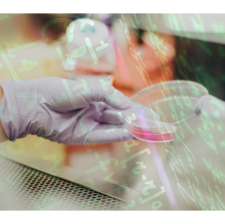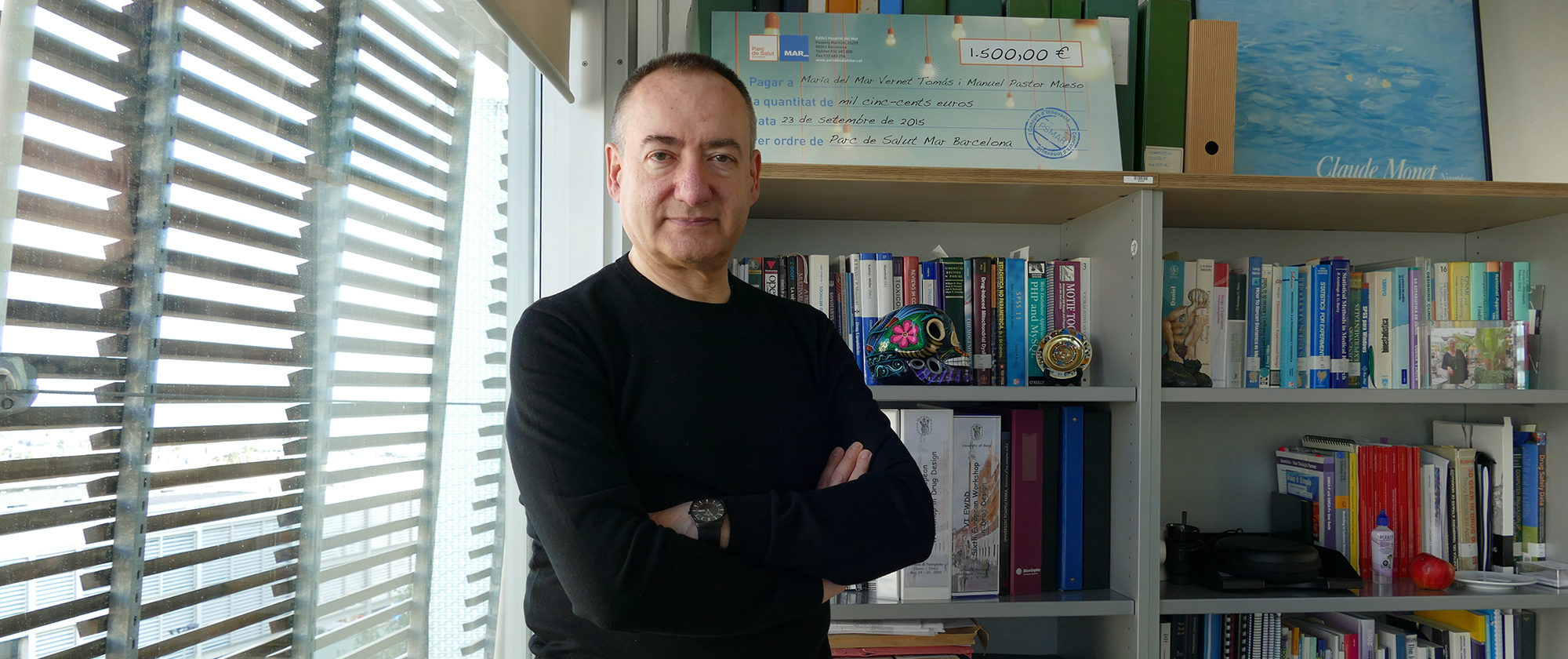Manuel Pastor is the head of the Pharmacoinformatics group at the Research Program on Biomedical Informatics (GRIB). Pastor has a lot of experience in the field of drug discovery and development, and since 2010 he has participated in the coordination of the eTOX project, together with Ferran Sanz. Today we ask him about the state of the project and its continuation.
eTOX is a European project funded by the Innovative Medicines Initiative (IMI), which aims to promote the development of new drugs, especially in areas where there are unmet medical or social needs. In this case, the project focuses on drug toxicology. “The value of the eTOX project is to create a culture of collaboration among different pharmaceutical companies, an efficient way to use the information that they generate in a field as important as the toxicology”, explains Pastor.
“The value of the eTOX project is to create a culture of collaboration among pharmaceutical companies, an efficient way to use the information that they generate in the field of toxicology”
Manuel Pastor
What is eTOX?
Pharmaceutical companies have to generate a huge quantity of toxicology data to demonstrate that the compounds they develop are safe. The majority of this data was so far not used for anything else, but thanks to the eTOX project, several companies have started to exploit it and share it.
As academic coordinators of the project, we have managed different work lines to extract the data, normalize it and build predictive models. This is how we have generated a sustainable product, the eTOXsys platform. It allows the efficient utilization of the information from all the companies, and thus it helps not to repeat experiments, for example.
Besides saving time and money, these data are special because they can save lives. To obtain all these data, experimental animals have been slaughtered. Our platform allows these lives to be used efficiently.
“The data from the eTOXsys platform saves time, money and laboratory animal lives”
What is the final product of eTOX?
We have moved from dusty folders with internal reports to a digital database perfectly structured. It has been very difficult since many of the results were written in paper and with no structure: the same thing was written in a thousand different ways and in many different languages. I am talking about 4 million histopathologic terms that we had to standardize! We created, for the first time, a complete ontology of histopathology, with organized and hierarchically ordered concepts.
We worked really hard to convert these repositories into a digital platform which is compatible with a logic treatment of data analysis. Now we have the world’s biggest database of this kind of toxicological studies.

How is this database used?
There are several ways to exploit the eTOXsys platform. The first is to use the database directly to see if someone has already tested a particular compound. But there is another way to use it, which is to look for patterns since certain molecule characteristics are associated with an adverse effect.
When you are about to develop a drug, you can see what we call the predictive models to study the possible toxicology of your compound. This is how you can discard or prioritize the compound depending on the toxicity prediction, but you can also use it to determine the order of the tests that you are going to do; you will first do the tests in which the compound is more likely to be toxic, so you can discard the compound early on and not use so many animal lives.
But, predictive models are not definitive; they only orientate you, don’t they?
The truth is that a debate has been opened regarding what models are best. Mice are a non-human model, and many times when you repeat the experiments, you can obtain different results because there are differences between species and between animals of the same species. The GLP rules (Good Laboratory Practices) guarantee, in theory, the best quality that we can obtain, but still, the animal methods are not the panacea. Even so, many of these tests are considered the “gold standard”, although we know that they are not infallible and that there are strategies that could be safer.
However, at the moment, we can’t get by without animal experimentation… The regulatory organisms have an open attitude towards new strategies which are better than what we have nowadays, as far as we are able to demonstrate it. Animalists collect signatures every year to prohibit animal experimentation, however, right now this is a utopia, it is impossible. People have to be aware that a total prohibition of animal experimentation is not justifiable, patients would be the first living beings to test the drugs and this would not be ethical. There is hope that at some point in vivo methods could be substituted by in vitro, together with in silico. But I could not say when; 10 years, 20 years… not before! Impossible. Nowadays there is nothing with which we can replace some types of in vivo tests.

“The regulatory organisms have an open attitude towards new strategies (to detect toxicty) which are better than what we have nowadays (animal experimentation), as far as we are able to demonstrate their value”
But, it is true that there is a paradigm shift. These animal tests are beginning to be replaced by other methods. This project has fortunately been developed during this change. This allows us to apply the predictive methods that we are building with eTOX to try to make approximations that may be safer than those done exclusively with animals. In this and other projects, we are collaborating directly with the regulators, such as the European Medicines Agency (EMA) and the European Chemicals Agency (ECHA), to study how these new methods can lead to a much safer toxicity evaluation.
Will this platform be public?
That’s a pretty sensitive issue because the database has been built with internal data from the pharmaceutical companies. I think that this has already been a huge step, in the sense that a pharmaceutical company has shown what they have done to another pharma, and that was a big effort. They have exquisite care of their intellectual property, which is understanding because they have invested a lot of money. Every company had its data perfectly protected and they did not share it with anyone. The fact that now, for the first time, a pharmaceutical company shares its data with another is a success and it is part of this pre-competitive collaborative culture. Sharing is the first step.
But this project started a long time ago and during this time the need and social demand for public data and transparent research have increased. This is something that we didn’t talk about at the beginning but now they are of capital importance. We have managed to convince the pharmaceutical companies about the importance of creating a database and, in fact, a part of the compounds and methods (what we call eTOXsys sampler) it’s public.
What kind of data is public?
The most private parts of the database are not the toxicity results but the structures, which are really confidential because they are compounds with potential commercial value. The public part contains mainly drugs which are already on the market or well-known compounds that have not been released because of their toxicity.
The honest broker is responsible for data storage and access control; they only give access to the authorized people. They are in charge of managing the access and they are committed to protect the data and not let anyone see it if they don’t have the necessary permits.
[Video in Spanish]
Is eTOX over?
eTOX has finished – but it is not dead! The spirit of the project gave rise to a new project called eTRANSAFE. This is not a continuation but another project with slightly different objectives; it has been built from the eTOX results and the data sharing culture. It is also an IMI project but it is even bigger and more ambitious than eTOX, with Japanese and American companies also participating.
We start from the same concept of data sharing, but we will take advantage of a new standard format imposed by the Food and Drugs Administration (FDA) called SEND for Standard for Exchange of Nonclinical Data. This has given us the opportunity to digitally extract data, with fewer errors.
“In eTRANSAFE we will study the relationship between preclinical and clinical observations to corroborate the correspondence between the animal studies and the security in people”
On the other hand, we will be more ambitious because we will start using clinical data, apart from pre-clinical data as we did in eTOX. We want to study the relationship between the preclinical and clinical observations – that’s where “trans” of eTRANSAFE came from. This is how we will be able to corroborate the correspondence between the animal studies and the security in people. All of this allows us to know to what extent the preclinical data is transferable, which is the most efficient way to use it.







